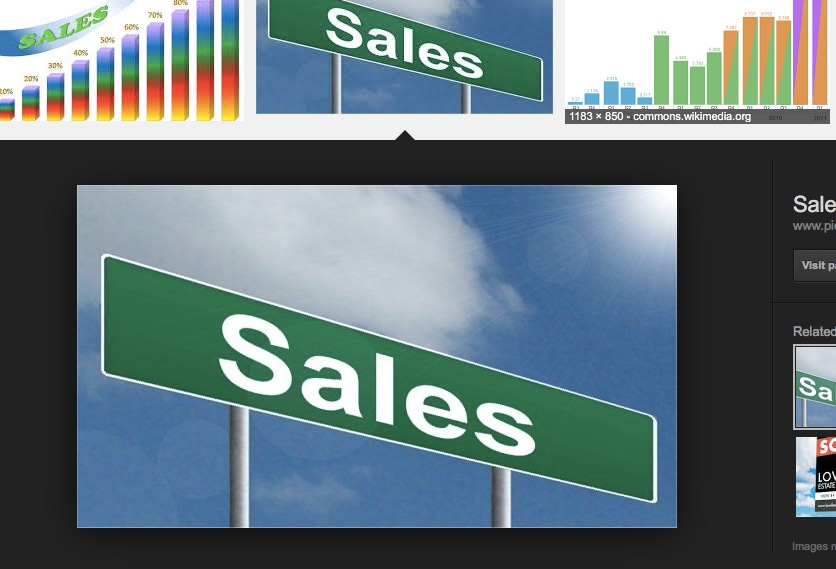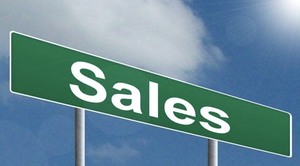So, you’re looking to start or improve your efforts in selling SaaS solutions? The first thing to understand is that selling SaaS isn’t intrinsically different from selling anything else. All the old sales rules still apply broadly to SaaS; it’s merely a matter of tweaking the finer details of your techniques to give yourself the best chance of closing more cloud deals.
July 19, 2016

Sponsored Content
 So, you’re looking to start or improve your efforts in selling SaaS solutions? The first thing to understand is that selling SaaS isn’t intrinsically different from selling anything else. All the old sales rules still apply broadly to SaaS; it’s merely a matter of tweaking the finer details of your techniques to give yourself the best chance of closing more cloud deals. Below, we outline a handful of minor adjustments to some tried-and-true sales tactics that will help you make software-as-a-service solutions a winning part of your portfolio.
So, you’re looking to start or improve your efforts in selling SaaS solutions? The first thing to understand is that selling SaaS isn’t intrinsically different from selling anything else. All the old sales rules still apply broadly to SaaS; it’s merely a matter of tweaking the finer details of your techniques to give yourself the best chance of closing more cloud deals. Below, we outline a handful of minor adjustments to some tried-and-true sales tactics that will help you make software-as-a-service solutions a winning part of your portfolio.
Teach, Don’t Sell
The best way to build trust is to become a resource for unbiased technical information. Your clients should feel free to ask you questions about technology without fearing that their inquiries will instantly become sales calls. This is especially true when it comes to cloud-based applications, such as Google Apps, Dropbox or Salesforce. Instead, act as a source of impartial information about SaaS products. Gather a list of common questions about these Saas apps and build a solution-centric FAQs about your cloud offerings on your website. These FAQs should describe what a SaaS solution does and how it differs from an on-premise solution, as well as some general pricing information. If you have them, link to case studies that provide a story of other customers finding success with cloud-based applications. All these efforts will help position you as a thought leader and provide confidence among your client base of your expertise.
Want to go the extra mile? Host an educational webinar that allow clients and prospects to observe your SaaS portfolio and ask real-time questions. For tips on hosting rockstar webinars, check out Datto’s recent eBook: Events Made MSPeasy.
Target The Decision Maker
There’s an old adage in sales: “You’re not selling to the end user; you’re selling to the person who writes the check.” In general, your sales pitch should target someone with budget authority; otherwise, you’re likely wasting your time.
This becomes a bit more complicated when it comes to selling technology, as you often have to sell to two different decision-makers: the department head or executive who wants the benefits of a particular technology, and the CIO or IT manager who has to approve any corporate purchase that crosses into their domain. MSPs have been fighting this battle forever, even in companies where the MSP is hired because there isn’t a true CIO.
A good salesperson always targets the decision-maker. When selling SaaS, this is typically any department head, team leader or member of C-Suite.
Sell Benefits, Not Features
Speak to what the customer really cares about: the benefits. Selling the benefits to the end user keeps the attention on the problems that your solution solves, rather than the specific features that can distract from the value of your offering. Feature-based selling reduces the customer’s choice to competing checklists of buzzwords and commodity features with no focus on quality or value. Qualitative differences are magnified in the cloud. For example, SaaS productivity solutions, like Google Apps and Office 365, have many of the same word processing, spreadsheet and presentation features found in today’s installed software. What makes the cloud-based products stand out is the benefit of instant, real-time collaboration that boosts productivity and communication.
Moreover, SaaS solutions are intrinsically different than on-premise hardware and software. The benefits of SaaS go far beyond mere feature parity with installed software. For example, SaaS applications are infinitely scalable. They natively embrace remote access and have almost zero hardware footprint. The cloud also makes migrations to and from different SaaS products a breeze.
Selling the benefits of SaaS, rather the mere features of SaaS, puts you in the best position to close more SaaS deals. For even more tips and information on capitalizing on the cloud, check out Datto’s recent eBook: Cloud Sales Made MSPeasy Part Two. Happy selling!
Samantha Ciaccia is Channel Engagement Manager at Datto Inc.
You May Also Like
